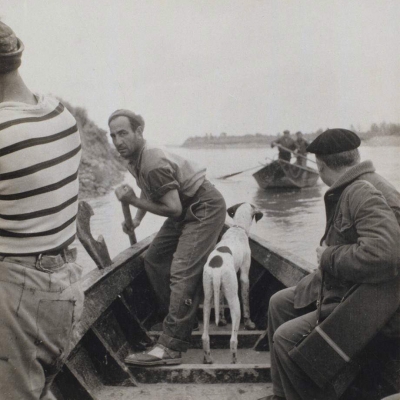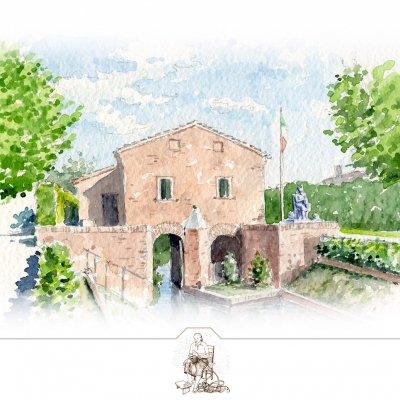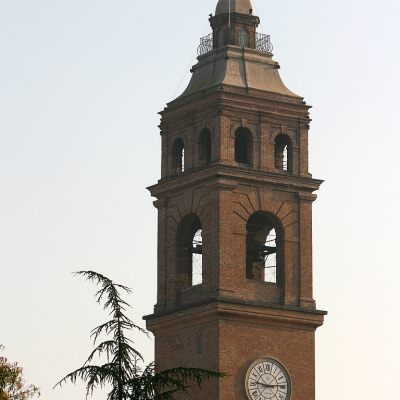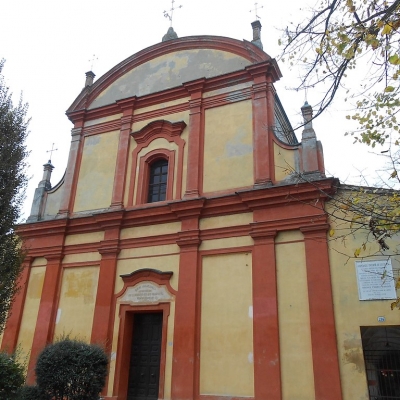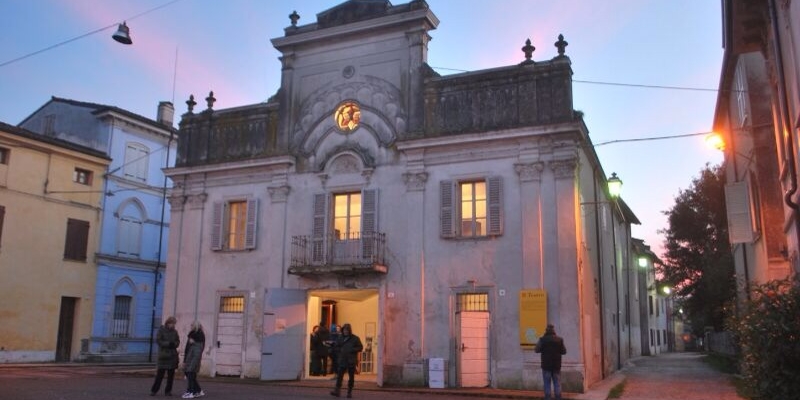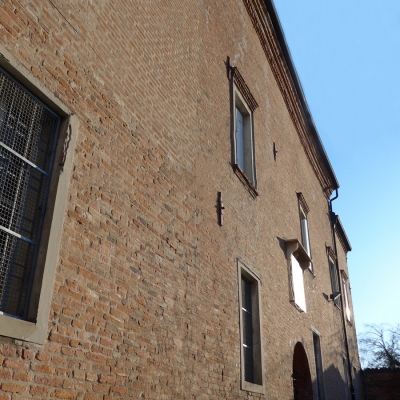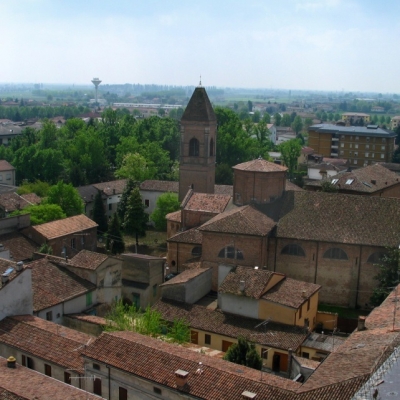Luzzara
Located between the banks of the Po and extensive expanses of woods and crops, Luzzara was the seat of a settlement already in the Lombard period and the coat of arms of the city, in assonance with the etymological origin of the name (land of the pike), bears a heraldic pike.
The Gonzaga fortified the city and Luzzara thus became a classic example of a small Renaissance capital on the banks of the Po river; in fact, from its topographic plan, squares, palaces of power and religious buildings can still be read today, as they were conceived in the architectural studies of the 1400s.
The symbol of Luzzara is the Civic Tower, built between 1724 and 1780 with the remains of the ancient castle: on October 23, 1702 the French militia mined the part of the castle that looked towards Guastalla, and part of the fortress with its imposing tower. The Luzzarese community had from the beginning manifested the desire to build a very high tower with the material recovered from the ruins of the old Torre della Rocca and of the fortifications.
The Palazzo della Macina, built towards the end of the 15th century, was the residence of the Gonzagas of Luzzara and preserves precious finds made up of columns surmounted by capitals of exquisite workmanship and painted frescoes. Among the most valuable religious monuments are the Parish Church of San Giorgio dating back to the end of the eleventh century and then rebuilt from 1676 in Baroque style, recent excavations have brought to light columns and frescoes dating back to the original structure of the Romanesque building and carryovers from the previous period. Inside it preserves some 16th century paintings, in particular the altarpiece depicting the Virgin with Child between S. Giorgio and S. Girolamo, executed on the model of a sketch of Giulio Romano kept in the Louvre. Just outside the town, in the direction of Suzzara, the former convent of S. Felice, of the Augustinians, houses the National Museum of Naive Art "Cesare Zavattini" with extensive documentation on naïf painting in Italy and in Europe (over 300 works) , enriched every year by new donations.

